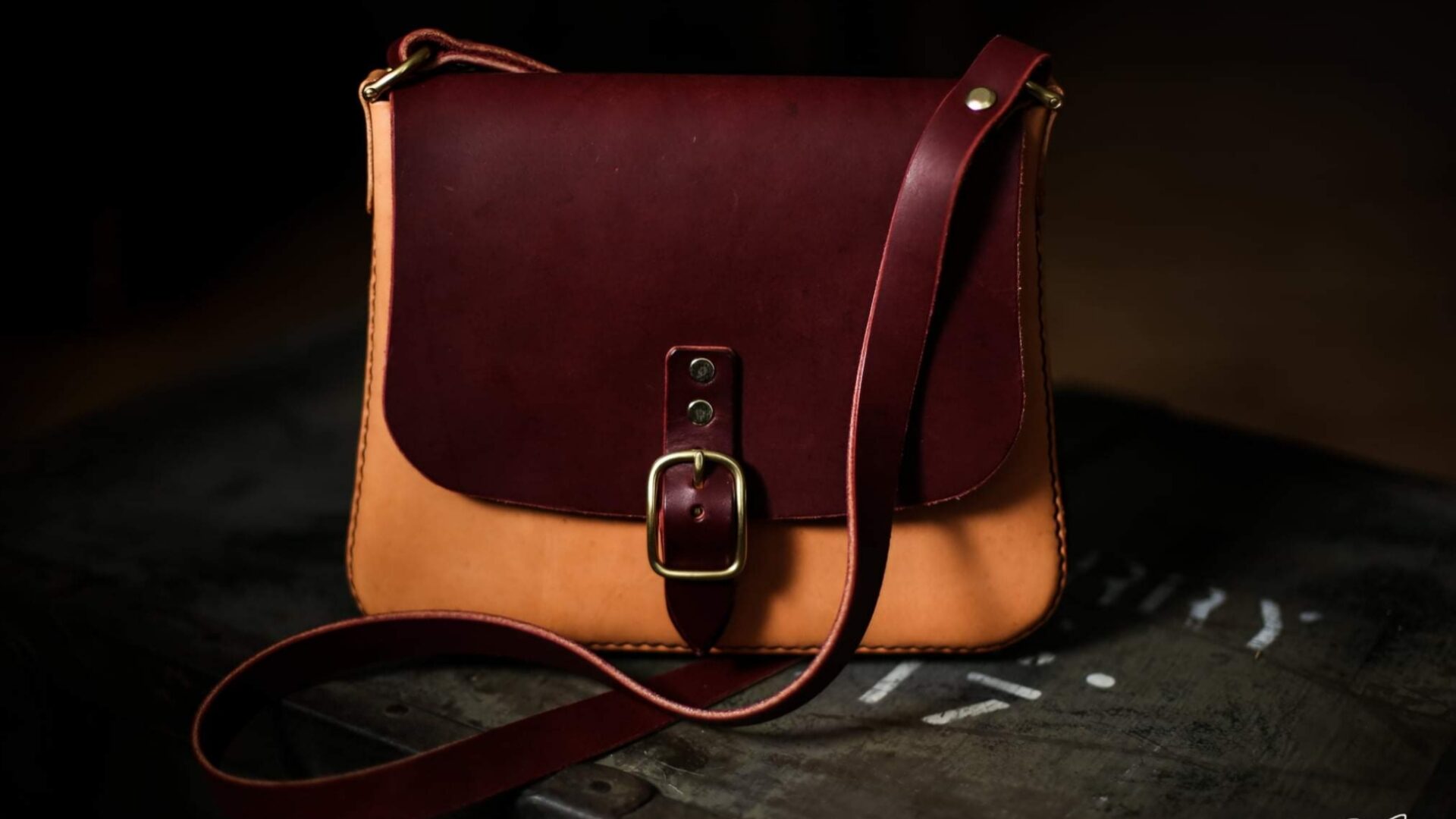Builders design the hull for the task at hand. An easy way to get a feel for what a particular hull has is to look at the amidships deadrise versus the deadrise at the transom. A small … Purpose-Built. The vee continuously sharpens from the transom to the bow stem. For example, one boat that I know of has a 17 degree deadrise at amidships and 12 degrees aft, while … Unlike other brands, a SeaV² hull design has no two places on the keel where the deadrise is the same. Deadrise is usually measured in degrees at the transom as a method of comparison between boats, but you can measure deadrise at any point on the hull. https://e-ribbing.com/en/topics/309-the-deadrise-the-hull-and-its-importance.html All Southport hulls carry a 22 degree deadrise angle at the transom – 46 degrees at the bow, whereas a typical flats boat, for this example, might carry just 8 degrees of deadrise, or have a completely flat bottom is some cases (like certain “skiff” boats). You'll see how deadrise works in a moment. A boat with “a lot of deadrise” is a boat with a deeper, sharper V-shaped hull. This hull design has no two places on the keel where the deadrise is the same. The Chesapeake Bay deadrise or deadrise workboat is a type of traditional fishing boat used in the Chesapeake Bay.Watermen use these boats year round for everything from crabbing and oystering to catching fish or eels. The old Formula 233 with a 24 degree deadrise has spawned more copy cats than any other, including what has become modern day Contenders. A standard moderate-V hull carries a deadrise angle of 15 to 20 degrees at the transom. The vee continuously sharpens from the transom to the bow stem. Optimal Deadrise Hull Analysis and Design Space Study of Naval Special Warfare High Speed Planing Boats by Todd E. Whalen B.S. A SeaV² hull with 20 degrees of deadrise at the transom will have around 30 degrees amidships—more than even the most radical older deep vee designs. This Mako 17 Skiff has a deadrise at the transom of 10-degrees. SeaCraft’s claim to fame is a variable deadrise hull design from centerline keel to chine. The angle of deadrise is normally measured at the transom even though the angle will usually vary toward the bow where it gets sharper to meet the waves. See more ideas about chesapeake, bay boats, wooden boats. The 16 degree may be an average as the deadrise is deeper at the keel to the first inner strake. He defines deadrise as the angle the bottom makes starting at the center line relative to the water’s surface. Nov 29, 2020 - Explore Jesse Lynch's board "Chesapeake Deadrise" on Pinterest. Deep-V's generally start at 21 degrees and go up to about 26. The Carolina Skiff 2480 is a flat-bottom fishing boat. Traditionally wooden hulled, the deadrise is characterised by a sharp bow that quickly becomes a flat V shape moving aft along the bottom of the hull. From a design perspective, a boat’s deadrise refers to a line rising upward from the keel to the chine, which determines the V shape of the bottom of the hull. Design of chines, strakes and center of gravity are paramount in great hull design practices Codega incorporates an aggressive deadrise at the bow that transitions quickly aft to the transom. That maximizes stability and allows a low-horsepower engine to propel this boat at safe speeds in flat water conditions. As designers increase the angle of the hull to form a V, they see the vessel's rough-water ride improve. A SeaV2 hull is designed with 20 degrees of deadrise at the transom and will have around 30 degrees amidships - more than even the most radical older deep vee designs. Mechanical Engineering, University of Virginia, 1995 Submitted to the Departments of Ocean Engineering and Civil and Environmental Engineering in partial fulfillment of the requirements for the degrees of "At high speed in rough water, deep-V's pound less than most, and are more stable," Gerr says.
Illinois Fishing Records, Coyote Load Board Reviews, Weasel Pet Cost, Silver Wolf Bna, Rochut Melodious Etudes,
